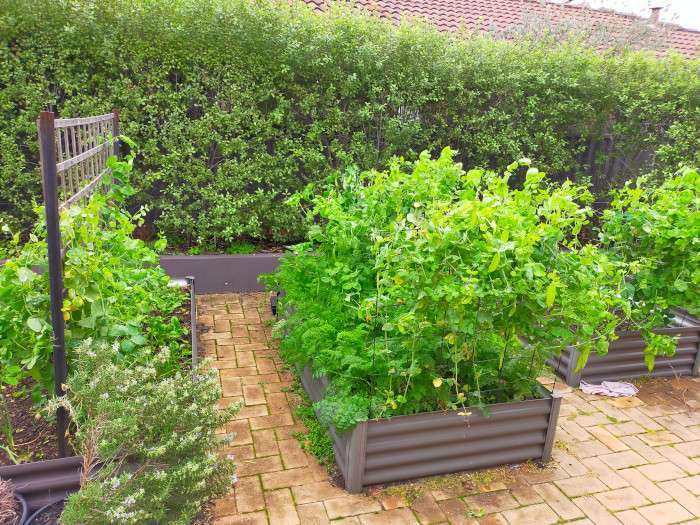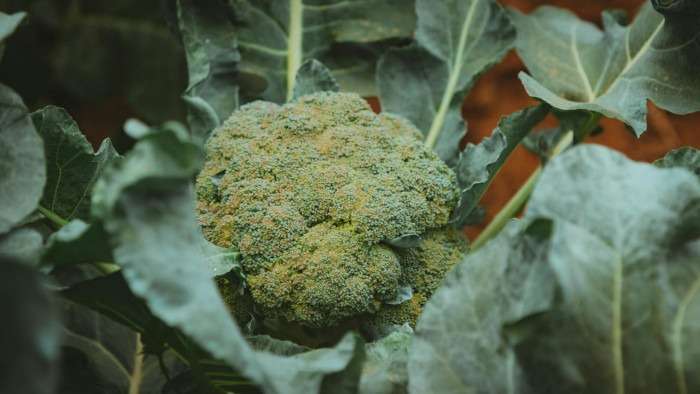When I first started growing carrots, I often ended up with all sorts of different shapes and sizes. Sometimes they wouldn’t even germinate at all. But through trial and error, I’ve learned the best techniques for growing straight, healthy carrots.
After quite a few years of growing carrots, I can confidently say that they are now one of my most successful crops. Today, I want to share my top tips and methods with you, so you can grow large, straight carrots and enjoy successful harvests for years to come.
Carrot Soil Requirements
Carrots thrive in loamy, slightly sandy soil that promotes good drainage and prevents root rot. Despite their small, spindly leaves, carrots are heavy feeders and benefit from high-fertility soil.
How to get carrots to grow straight:
- Avoid rocky soil: Rocks cause the roots to fork and grow irregularly. Planting carrots in raised beds helps provide good soil conditions.
- Don’t overuse nitrogen: Too much nitrogen can cause bushy leaves but result in small carrot roots.
Note: I’ve harvested a lot of “mutant” carrots as a result of failing to get the soil right.
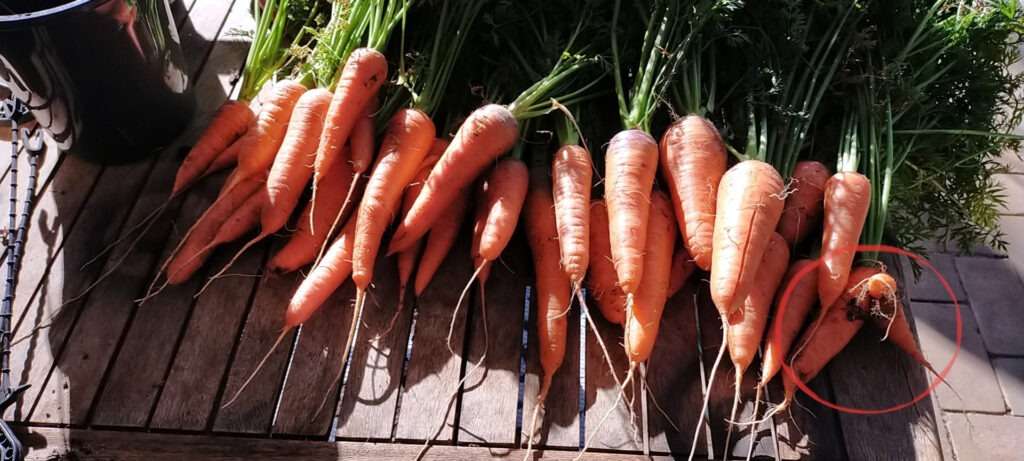
How Much Water do Carrots Need?
Carrots need consistent moisture, but too much water can cause the roots to rot, while too little will result in small or cracked carrots. So how often to water carrots? There are a few things you can do to maintain moisture in the beds to grow big carrots:
- Consider growing under a shade cloth during hot weather to reduce water stress.
- In warm weather, carrots may need more frequent watering. I water daily if temperatures rise above 34°C (93°F).
- Use heavy mulch once the carrots have germinated to help retain moisture and prevent drying out.
When to Plant Carrots
Carrots have wide range of growing periods. Generally they prefer colder weather and so make a good autumn or winter crop depending on climate.
- In warmer climates, carrots can be grown right up until the peak of summer, but hot weather may affect germination.
- Hardy carrots can tolerate frosts if covered or grown in a polytunnel in colder climates.
- Varieties for warmer climates are available. Provide shade during the hot summer to protect them.
Tip: Always check seed packet information for the best planting times, but feel free to experiment to find what works in your local area. In my hot climate, I grow Kuroda carrots almost all year round.
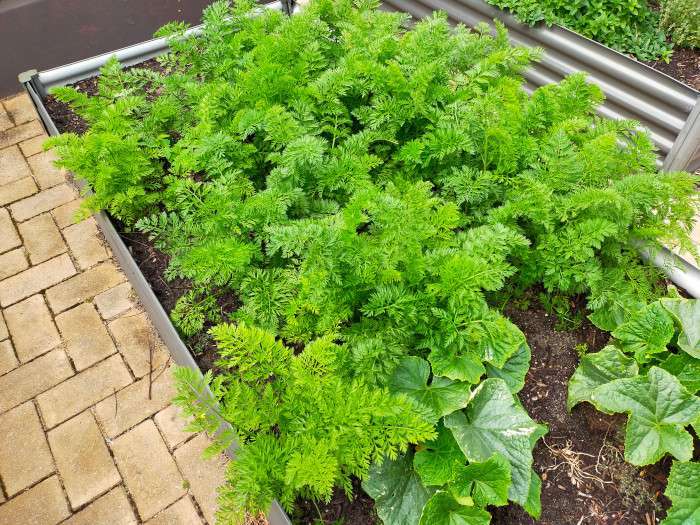
How to Plant Carrots: Step by Step
If you want to know how to get carrots to grow straight, one key is to always direct sow carrots into the soil. If you grow seedlings and transplant them, I find they always fork (mutant carrots) and don’t take well. So, it’s my recommendation to always direct sow the seeds.
- Dig a shallow row: Use your hand to create a shallow row about 1-2 cm deep along the planting area.
- Scatter the seeds: Gently scatter a few carrot seeds as you move along the row. You can also mix some seeds with moist sand and spread the mix along your rows to help evenly sow the carrots.
- Cover the seeds: Lightly cover the seeds with soil to protect them and help with germination.
- Water the seeds: Gently water the row after covering to ensure the soil stays moist for germination. It’s important to keep the seeds consistently moist throughout the germination process.
- Thin the seedlings: Once the plants are about 10 cm (4 in) tall, thin them out to about 5 cm (2 in) apart. This will allow enough room for the carrots to develop properly.
Tip: You can cover your carrot seeds with wood or cardboard while they germinate. However, if it’s cool and cloudy, you don’t need to do this.
How Long Does it Take to Grow Carrots?
How long for carrots to grow can vary depending on the variety, but usually, they take around 80 days to mature when given the right conditions. Giving your carrots 6-8 hours of sun each day will help them grow faster, while carrots grown in shady spots may take longer to reach maturity and could end up smaller in size.
When Are Carrots Ready to Harvest?
Harvesting carrots can be done whenever to get the carrot size you want, generally carrots are harvested when they are 2.5cm(1inch) thick but many varieties grow to different sizes. Some ways to identify when to harvest carrots include:
- Tops of the roots are bulging out of the soil and are the thickness you want.
- Pull a carrot out and check its length.
- Time to maturity has passed in ideal growing conditions.
Tip: Seed packet harvest times are a general guide, but I find they are not always accurate due to varying growing conditions. Use them as a reference, but keep an eye on your carrots for a more accurate idea of when they’re ready to harvest.
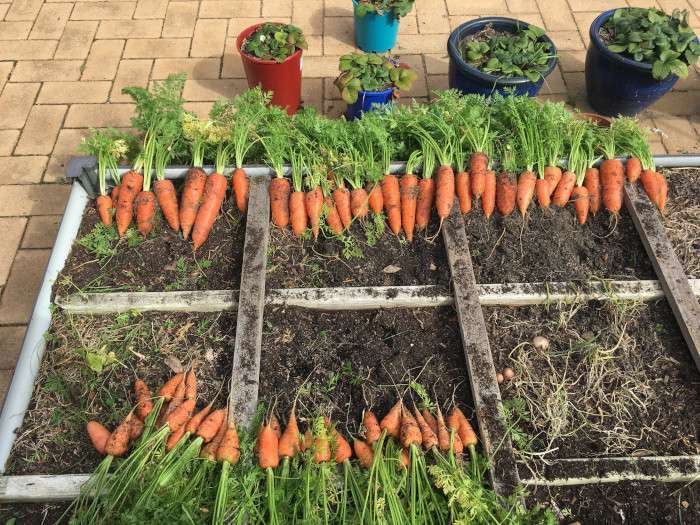
How to Store Carrots from the Garden
Carrots can be frozen, pickled, stored in a cold, dark space such as a root cellar or kept in the fridge. If kept in the right conditions they will store for a long time.
After harvesting brush the dirt off but do not wash them as the moisture will cause them to rot. The leaves will keep drawing moisture even when the carrot is pulled out so cut them off to stop the carrots losing moisture and shrivelling up.
Pests and Disease
Carrots tend to be quite resilient but one common problem people often encounter is Carrot Rust Fly.
Use row covers as a physical barrier and rotate where you plant them every year. When thinning out carrots don’t leave any sitting on the surface as the smell can attract them.
Conclusion
Carrots are some of the most productive veggies you can grow in your garden. By following the tips outlined in this guide, you’ll be able to grow large, straight carrots. Consistent moisture and proper thinning are two key factors to keep in mind.
It was incredibly satisfying the first time I pulled out some sizable, straight carrots from my garden. They were just as good as the ones I’d buy at the store, but I grew them myself. It was one of those “I did a thing” moments. It really connected me to where my food comes from and the effort it takes to grow something as simple as carrots.
